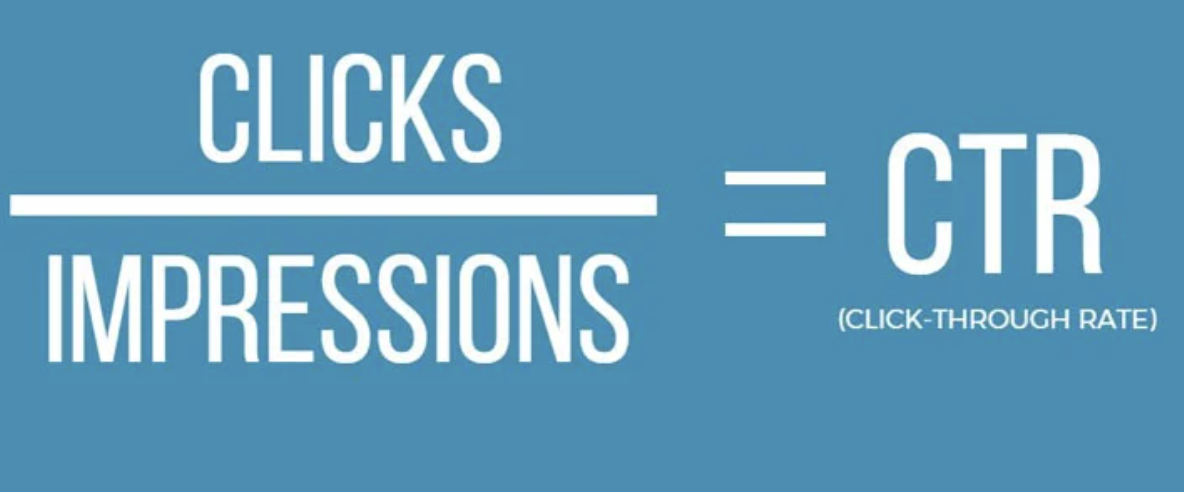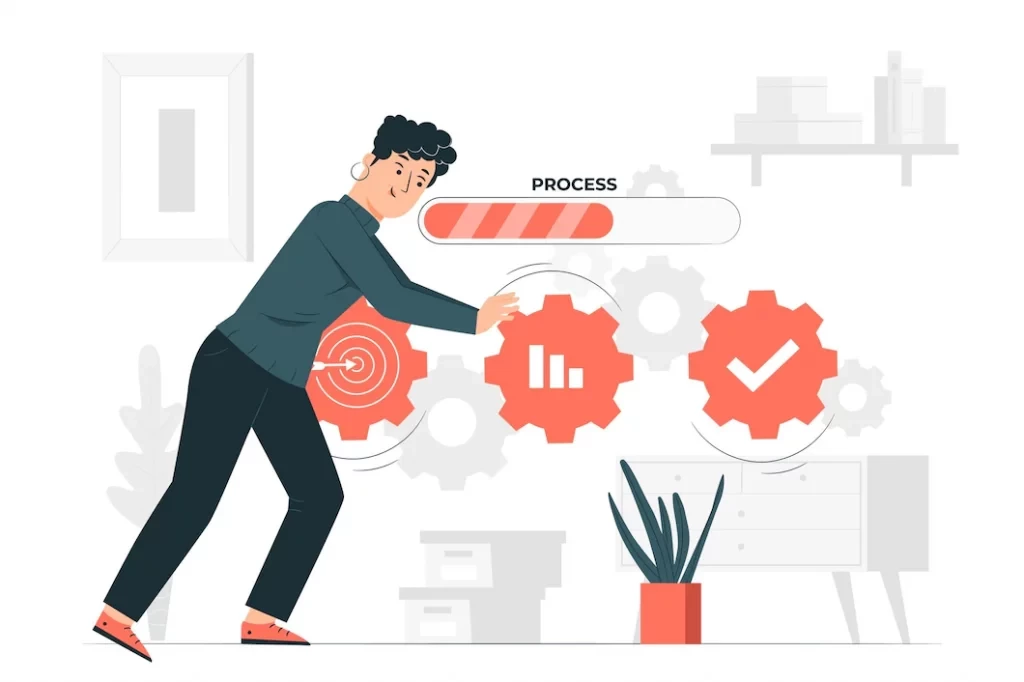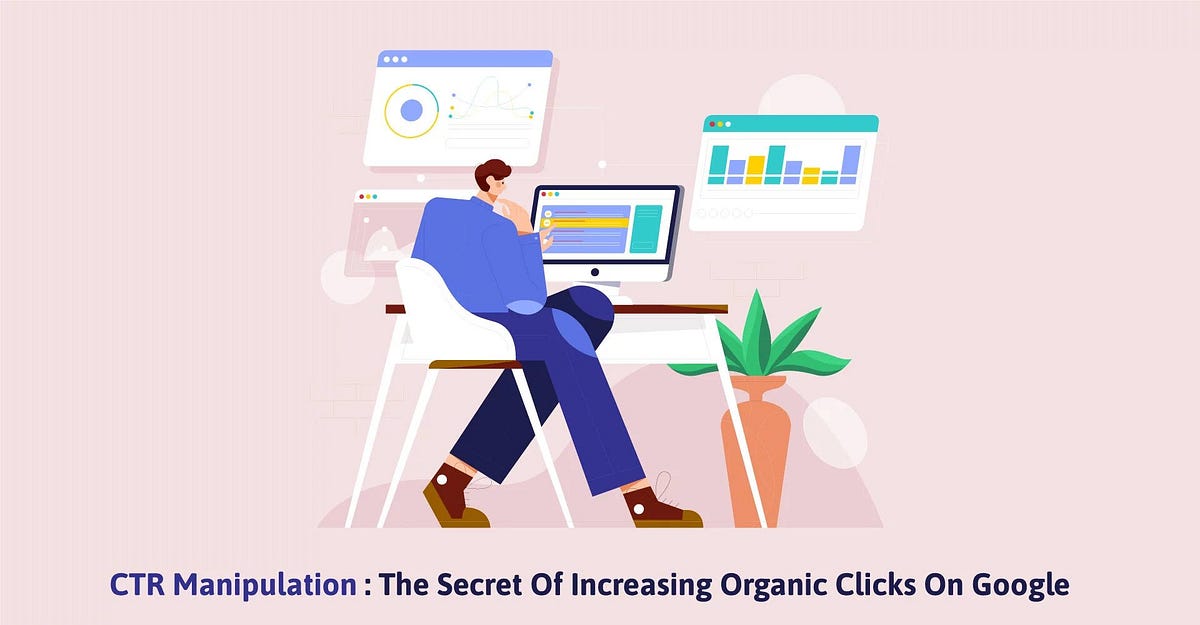Getting Higher CTR: The Benefits of Adjustment Techniques
In the affordable landscape of electronic marketing, achieving a higher click-through price (CTR) is a critical goal for businesses looking for to improve their on the internet presence. The critical application of manipulation strategies-- such as necessity triggers and mental triggers-- can substantially raise individual interaction and conversion prices.
Comprehending CTR and Its Value
Click-through rate (CTR) is a vital statistics in digital advertising and marketing, reflecting the percentage of customers that involve with an advertisement or link compared to the overall variety of individuals that see it. This statistics works as a crucial indication of the performance of advertising and marketing projects, offering understandings right into user interaction and material significance. A greater CTR suggests that the web content resonates well with the audience, driving more website traffic to the intended location, whether it be an internet site, touchdown web page, or online store.
Comprehending CTR is crucial for marketing professionals as it straight correlates with conversion rates and return on investment (ROI) A low CTR can signify that the content might be misaligned with the target market's rate of interests or that the ad lacks appeal. Consequently, assessing CTR enables online marketers to recognize areas for improvement, optimize their strategies, and tailor their messaging to far better attach with prospective clients.
Furthermore, CTR plays a significant duty in search engine optimization (SEO) and pay-per-click (PAY PER CLICK) advertising, influencing advertisement placements and prices. By recognizing CTR and its implications, marketing experts can make informed decisions that enhance their total project performance, ultimately leading to boosted sales and business development.
Typical Control Techniques
In the quest to improve CTR, online marketers commonly use numerous adjustment techniques designed to bring in customer interest and motivate communication. These methods can dramatically affect customer behavior and decision-making processes.

Another common manipulation strategy is the implementation of necessity. Expressions like "restricted time offer" or "just a few left" develop a sense of scarcity that triggers immediate activity. This method uses the fear of missing out on out (FOMO), engaging users to act promptly.
Furthermore, the incorporation of solid contact us to action (CTAs) is critical. Reliable CTAs are clear, concise, and typically use action-oriented language, such as "Begin" or "Find out more," guiding users towards the desired action.
Finally, customization can boost CTR. By customizing material to specific choices and behaviors, marketing experts can produce a much more pertinent experience, enhancing the possibilities of interaction. Utilizing these adjustment methods allows marketers to maximize their approaches and attain greater CTR.
Mental Triggers for Interaction

Another effective psychological trigger is social evidence. By showcasing endorsements, testimonials, or user-generated web content, marketers can cultivate trust fund and confirm the charm of their offerings. When prospective clients see others engaging with a brand, they are more most likely to do the same.
Additionally, using curiosity can drive involvement. Igniting rate of interest through interesting headlines or questions motivates users to click to find out more. Psychological allures-- such as stimulating nostalgia, pleasure, or concern-- can likewise substantially impact customer habits, making CTR Manipulation Service content more shareable and relatable.
Eventually, leveraging these mental triggers can develop a compelling story that resonates with target markets, motivating them to involve more deeply with advertising and marketing materials and inevitably increasing CTR. (GMB CTR Manipulation)
Ethical Factors To Consider in Advertising And Marketing
Advertising approaches commonly walk a great line in between persuasion and control, making moral considerations critical in the pursuit for higher click-through rates (CTR) As online marketers significantly take advantage of mental triggers to improve involvement, they must stay cautious about the honest ramifications of their methods.
Using control techniques, while efficient in improving CTR, questions concerning consumer, honesty, and openness freedom. Exaggerated claims or misleading advertisements can erode consumer count on and damage brand track record. Moral advertising and marketing demands a dedication to sincerity, making certain that messages properly stand for solutions and products.
Moreover, marketers should consider the possible effects of their approaches on at risk populaces. Targeting at risk target markets with aggressive techniques can worsen existing inequalities and cause exploitation. Striking an equilibrium in between attaining business objectives and maintaining moral honesty is critical for lasting success.
Inevitably, organizations that focus on moral marketing methods not just foster depend on with their target market yet also grow long-lasting connections, boosting brand name loyalty. In the affordable landscape of digital marketing, sticking to honest criteria is not simply a moral responsibility but a critical Read Full Report advantage that can distinguish a brand name from its rivals.
Finest Practices for Implementation
Reliable application of marketing approaches depends upon a clear framework that stabilizes creativity with logical rigor. To attain greater click-through rates (CTR), it is vital to begin with a distinct target audience. Recognizing preferences, demographics, and habits permits marketers to tailor messages that reverberate efficiently.
Following, A/B screening is vital. By explore various headlines, visuals, and calls-to-action, marketing professionals can recognize which elements drive interaction. Continual optimization based on information analytics makes certain that campaigns continue to be relevant and efficient.

Furthermore, incorporating individual responses is important for repetitive enhancement. Routinely getting input from users can supply valuable insights right into what resonates and what requires modification.
Lastly, tracking performance metrics is crucial. Keeping an eye on CTR along with other crucial efficiency indicators allows marketers to evaluate the performance of their techniques and make data-driven choices for future projects. By sticking to these best methods, marketing experts can optimize their efforts and accomplish lasting enhancements in CTR.
Verdict
In conclusion, the implementation of control methods to attain a greater click-through price (CTR) offers significant advantages for marketers. By harnessing engaging visuals, seriousness, and mental triggers, companies can enhance customer involvement and drive conversions - CTR Manipulation Press Release.
Click-through price (CTR) is an important metric in digital advertising and marketing, mirroring the portion of users that involve with an ad or link contrasted to the complete number of individuals who watch it. Utilizing these manipulation techniques permits marketers to maximize their techniques and achieve greater CTR.
Comprehending emotional triggers for interaction is important for marketing experts seeking to boost CTR successfully. Keeping track of CTR alongside other key performance indications allows online marketers to assess the performance of their techniques and make data-driven choices for future projects.In verdict, the implementation of adjustment methods to achieve a greater click-through rate (CTR) uses significant benefits for marketers.